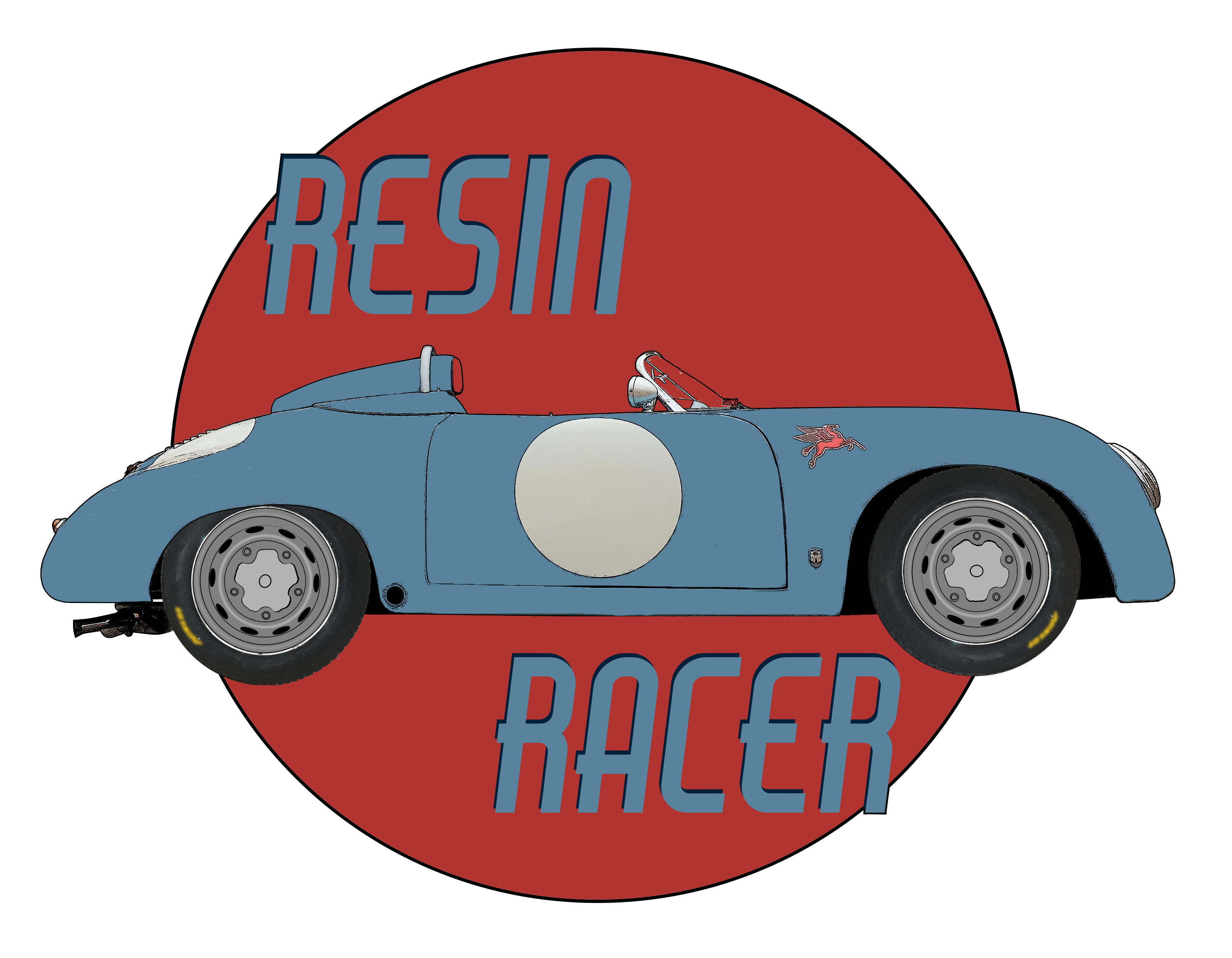Although I have dabbled in a few cars a before, I’ve only ever had one ‘replica’ car previously. It was a 1988 Birkin 7 with a 1600 Ford Kent, which I bought from an older enthusiast. It was fairly well sorted, with a proper hood, tonneau and side curtains. This made it capable of longer journeys, of which I was able to bear exactly one. Despite my best efforts at adding insulation, my feet would burn through the firewall. Truck bumpers where at the same level as my forehead. When strapped in, I could reach out and touch the road. Speed bumps would have to be negotiated very carefully. The clutch cable gave up numerous times until we upgraded to a hydraulic one. The electrics also needed pampering. Apart from the good looks in the garage, I didn’t really miss it when I sold it.
Which is why I never thought about building my own car. This was until I saw the ‘mid-engine’ prototype 356 replica built by Porsche themselves for the 70 years anniversary celebrations. The simplicity and elegance of the design is just breathtaking. The seed was planted for my own 356 replica.
While there are some truly excellent examples out there, I knew I definitely didn’t want to do a copy of a real one. So I was free to seek inspiration from wherever and whoever I wanted to. There is inspiration everywhere. The Emory outlaws are an obvious source. The freedom to that with actual 356 metal will forever remain in a different league. Same goes for Christopher Runge and his epic scratch builds. Total freedom to shape his idea of a post-war aircooled racer. The Zagato 356 Speedster is another one. It is the reason I decided I didn’t need to worry about a roof. If Guy Berryman could drive his Zagato on a rain soaked European roadtrip without a top, then I wouldn’t bother with one either. Lack of a second wiper or dedicated front indicators would find its way into my build too. To add speed, add lightness?
